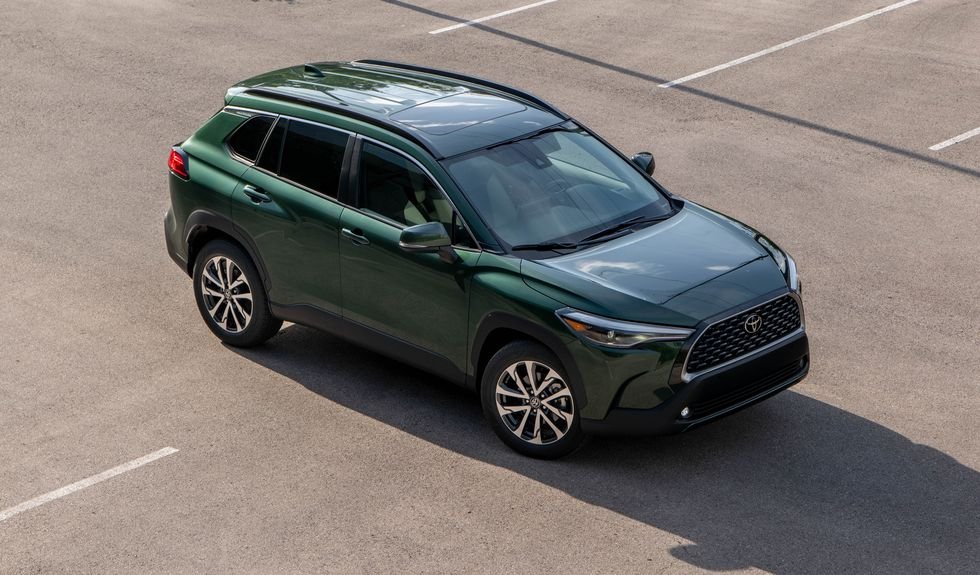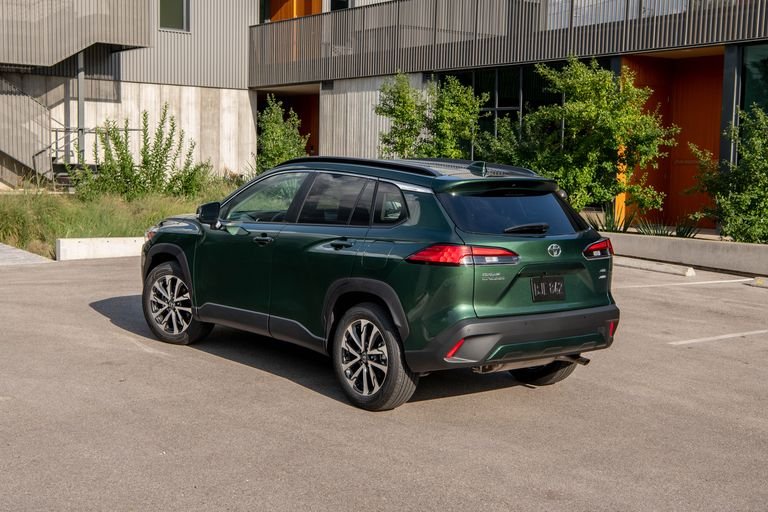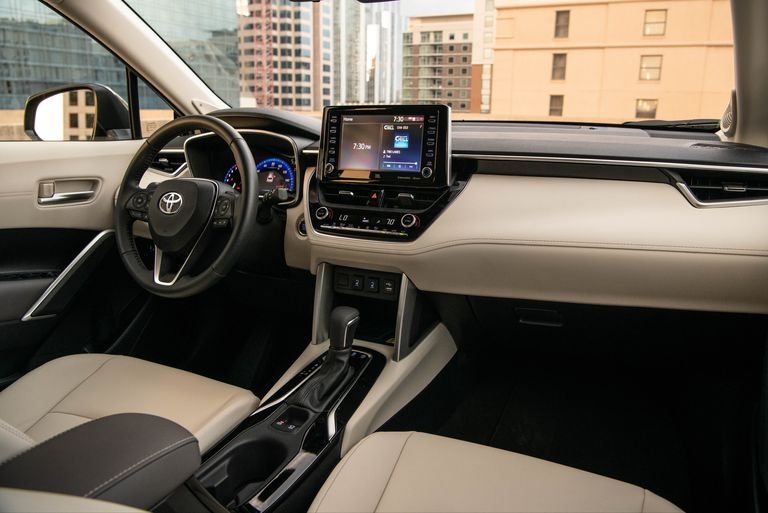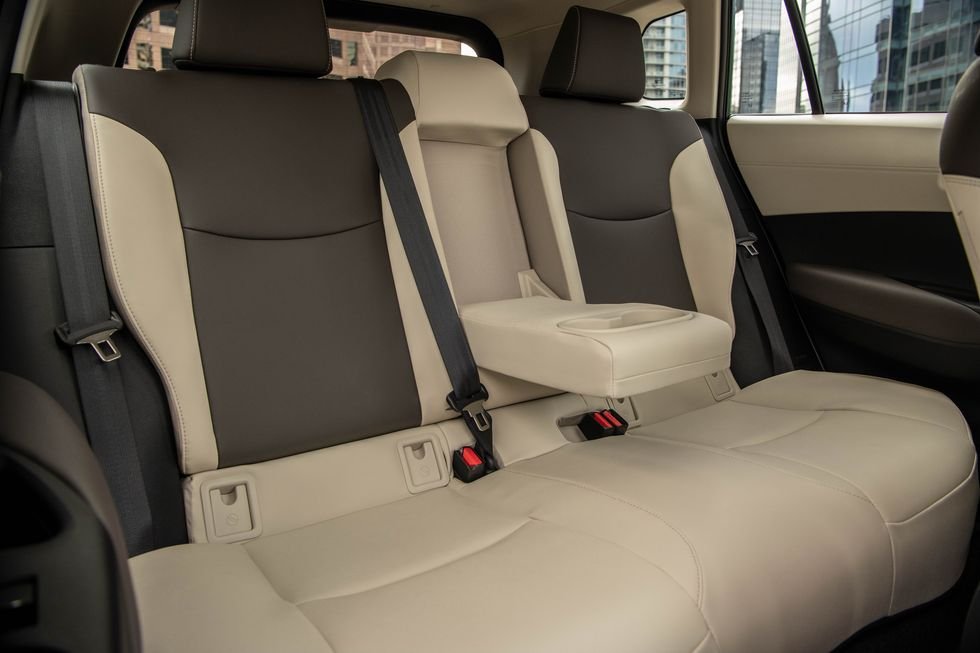
SUV is the same since 2021 and rational to the extreme, but it already asks for changes with the arrival of new competitors.
A little over 2 years ago, the Toyota Corolla Cross was launched in Brazil as one of the most affordable ways to put an electrified SUV in the garage. For a good number of customers of Hybrid versions, it was the first contact with a hybrid vehicle, which may have evolved into a plug-in or some fully electric model, or simply remains in a hybrid without the need for external charging.
And how does the Toyota Corolla Cross XRX Hybrid behave on the market after these years and with new competition? Especially with the arrival of Chinese models such as the GWM Haval H6 HEV, is the midsize SUV still a good deal? What are your positives and negatives? What does he need to evolve? That’s what I tried to understand in this test with the top-of-the-line version for $ 40,990.

Changes? Let it for later
Toyota usually takes time to apply some deeper change to its models. There are those who say that this is one of the reasons for the reliability that the brand boasts so much fame in the market, since it does not devalue the car so much from those who bought it recently, for example. In those two years, the brand has changed some equipment, but only in the versions with the 2.0 aspirated engine, but nothing in the hybrids, positioned at the top of the range.
Just to remind you, the Corolla Cross uses the same platform as the Corolla sedan, the TNGA-C, but it has a certain mix with the Corolla Hatch and with some simplifications, mainly in our market. It is 4,460 mm long, 170 mm less than the Corolla sedan, and 2,640 mm in wheelbase, the same size as the hatch and 60 mm smaller than the sedan. In the trunk, 440 liters of capacity, while the Haval H6 has 560 liters and the Jeep Compass, 410 liters.

When we talk about simplifications, the comparison can be with both our Corolla sedan and the Corolla Cross in other markets. The rear suspension swaps the independent multilink system for the torsion axle, as well as a simpler interior finish, in addition to the much-talked-about parking brake in the foot, something I’ll go into detail later.
The hybrid suite is also an on-premises solution. The 1.8 aspirated, Atkinson cycle, was modified to run on both gasoline and ethanol, creating the world’s first flex-hybrid. With two electric motors, we have a total of 122 hp and up to 16.6 kgfm of torque with gasoline or ethanol when all are working together. The battery is 1.3 kWh and depends only on the engine and energy recovery under braking and deceleration to be recharged.

Always an interesting reunion, but…
My last contact with the Corolla Cross Hybrid was in a comparison with Jeep Compass and VW Taos in 2021. In that time, a lot has happened, such as the arrival of the Haval H6 HEV, an SUV that, I don’t deny, I used a lot of Corolla Cross to have references of how he can move the market. So re-encountering the hybrid Corolla Cross was something I wanted to do after a few years and see if anything had changed. For the good and the bad, nothing has changed. Or almost.
The good thing is that it’s still an SUV that gives me a feeling of good construction and durability, like a good Toyota. I’m asked a lot about how Chinese women behave and, for those who are more suspicious, I always recommend getting to know the new ones up close and, if you don’t like it, betting on a Corolla Cross. A rigid structure, a good body construction and a car that gives a good feeling of durability are strengths of the Corolla Cross, in addition to how a Toyota behaves when it comes to reselling.